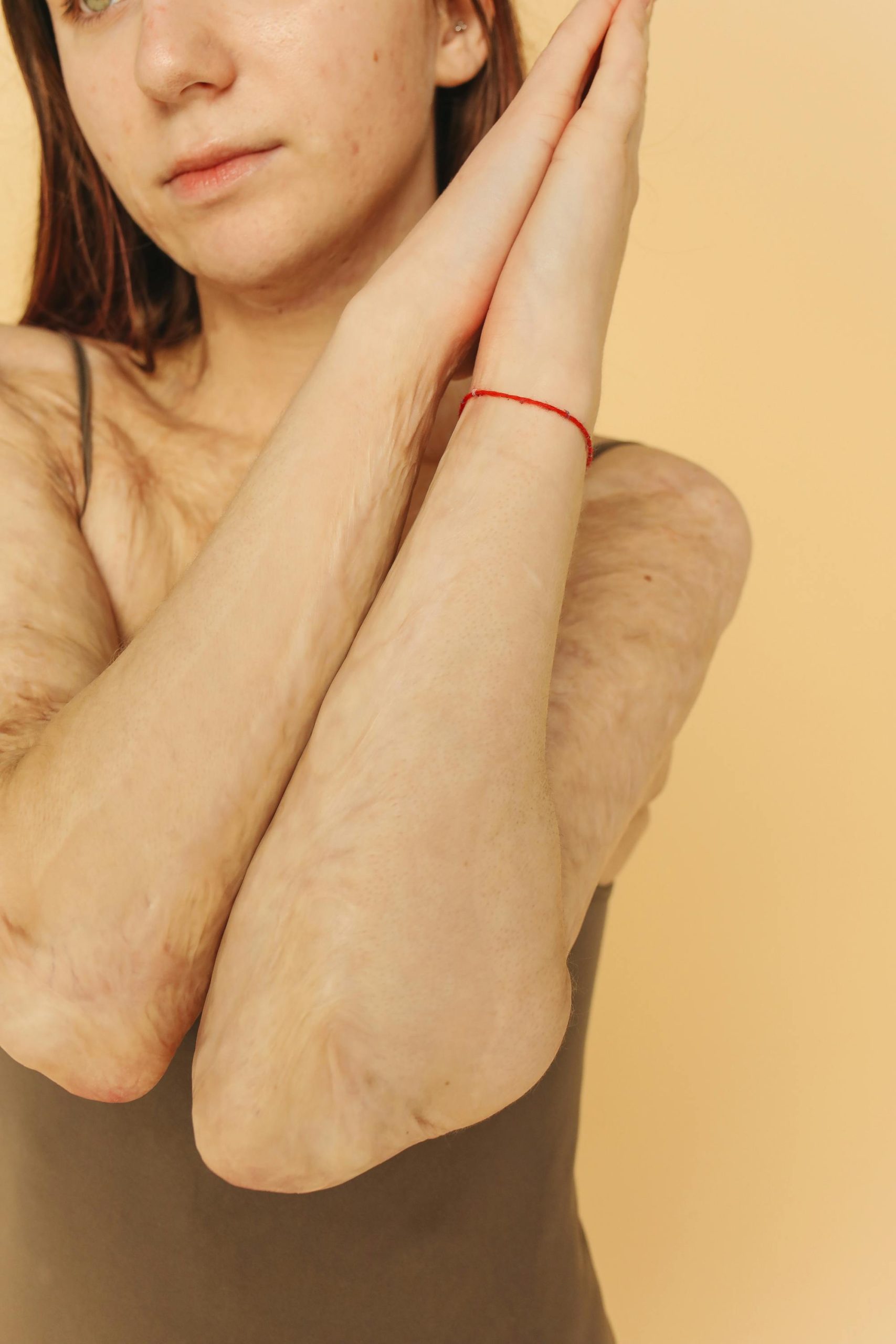Title: Exploring Techniques for Etching Visuals onto CDs for Artistic Displays
In the realm of digital media and audio storage, CDs (Compact Discs) have long served as a reliable medium for data preservation. However, beyond their conventional use, some enthusiasts and artists seek to leverage CDs as creative canvases, physically inscribing images or text onto their surfaces for decorative purposes. This raises an interesting question: is it possible to burn visual content directly onto a CD in a way that allows the imagery or text to be visible when the disc is viewed from certain angles or illuminated appropriately?
Understanding the Limitations of Standard CD Burning
Typically, standard CD burning involves writing digital data—music, documents, images—onto the disc’s data layer. This process is designed for data retrieval, not for physical modifications of the disc’s surface. As a result, conventional burning cannot create visual patterns or images on the disc surface itself; rather, it encodes digital information that can be read by compatible devices.
Is Physical Burn-Ins on CD Surfaces Feasible?
The concept of physically “burning” or etching images or text onto a CD’s surface aligns more closely with techniques such as engraving or photoetching, rather than traditional data burning. These methods physically alter the surface material to produce visible patterns, which can be viewed under specific lighting conditions or when the disc is angled correctly.
Potential Methods for Artistic Surface Decoration
-
Laser Engraving:
-
What it is: Using specialized laser engraving equipment to etch images or text onto a CD’s surface.
-
Advantages: Precise, permanent, and allows for intricate designs.
-
Considerations: Typically requires access to professional laser etching machines and may involve specialized materials or coatings to produce visible contrasts.
-
Photoetching and Chemical Etching:
-
What it is: Applying a resist material in the design pattern, then etching away exposed areas using chemicals. This technique creates a textured surface that can reflect light differently.
-
Advantages: Can produce artistic effects and patterns.
-
Considerations: Involves chemical handling and precise application, not suited for casual DIY projects.
-
Surface Coatings and Materials:
-
Alternative approach: Applying reflective or optical coatings (such as metallic paints or foil) in a pattern, enhancing visibility under light.
-
Advantages: Easier to
Share this content:

